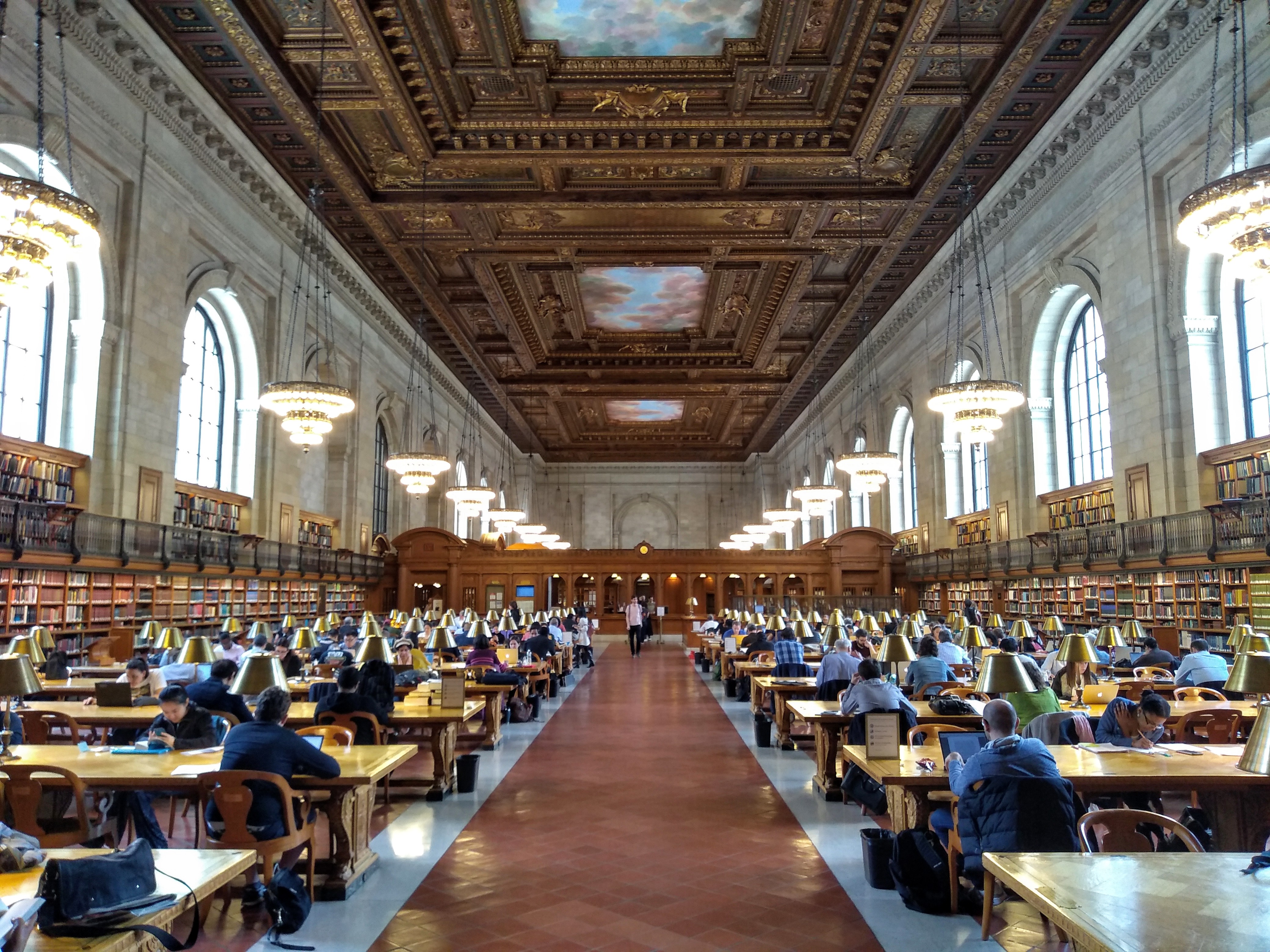
May 1, 2019, by lzzeb
Researching European union in the USA
A blog by Benjamin Thorpe, cross-posted from the “Interwar Conferencing” blog
When attending large conferences, the lag times between abstract submission and the conference dates can often mean that papers morph as ideas evolve, or as the promised research takes an unexpected direction. Less commonly – at least when dealing with historical topics – it is due to the shifting political sands of the present. However, I found myself in precisely this situation when preparing for the Annual Meeting of the American Association of Geographers (AAG), held from 3rd to 9th April 2019 in Washington DC. When I booked my flights, I had fears of negotiating the predicted chaos of the wake of Brexit Day, inked in for 29th March 2019. By the time I boarded these flights, the UK was still a member of the EU, but my return flight was due to land the morning after the rearranged Brexit Day of 12th April. In the (non-)event, Brexit Day was postponed again, and upon return I took my place in the ‘EU citizens’ passport queue. The relevance of all this, aside from the minor stresses of conference logistics, was that if Brexit Day was planned in anticipation of the cutting of ties to Europe, the subject of my conference paper was in many ways its inverse: the annual celebration in the 1930s of Europe Day, anticipating the forging of these very ties.
2019 Annual Meeting of the American Association of Geographers (AAG), Washington DC
The AAG itself is of the monstrously large variety of academic conferences, as described by my colleague Martin Danyluk in his conference notes. In such a vast mega-conference, there are as many conference experiences and paths through the programme as there are attendees, and the only common factor was the fortunately-timed cherry blossom, in peak bloom for the duration of the conference.
Steve Legg, Mike Heffernan and I had organised a double session, scheduled for the afternoon of Saturday 6th April, on ‘Historical Geographies of the Interwar: Beyond 1919’. The session aimed to explore how, now that the centenaries of the First World War had come and gone, we might think about commemorating the events of the interwar. These questions too were in the news, with reports of disagreement among the UK government’s advisory board for the First World War centenaries on whether to extend the official commemorations to cover the 1919-21 Irish war of independence and the 1919 Amritsar massacre.
The first session sought to broaden ‘the interwar’ out from the implicit Eurocentrism that tends to apply to the period, and think about what it meant and means to those outside of the Western European states in the driving seat of the League of Nations. Steve Legg began proceedings with a paper reconsidering the legacy of dyarchy, the system of government implemented by Britain in the 1919 Government of India Act, and its discussion at the 1930-32 Round Table Conferences in London. Staying in India, Ishan Ashutosh then spoke about the emergence of ‘India’ as a discrete object of study in American scholarship, and the enduring tropes about India that were created in the process. Next, Robert Fletcher spoke about the interwar efforts to assert control over the Eurasian landmass’s arid desert lands and the nomadic people that lived in them, which were rendered as the ‘tribal frontier’ of competing empires in a closed-space world. By contrast, Amy Mills discussed the urban aspect of the interwar re-making of the geographical imagination of the Middle East, using the cartographical representation of post-imperial Istanbul as her case study.
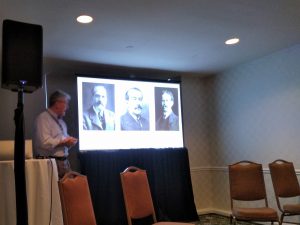
Mike Heffernan presenting his paper in the “Historical Geographies of the Interwar: Beyond 1919” session at the 2019 AAG Annual Meeting
After a short break, my own paper on the pre-emptive commemoration of European union in the 1930s, via the celebration of (Pan-)Europe Day, kicked off our second session. Katharine Hall then turned to the British development of weaponised pilotless aircraft in the 1920s, and particularly their testing in Iraq in 1929, with discussion of its wider bearing on the role of ‘experimentation’ in shaping both the practice and imagination of air power. This was followed by a pair of papers on international scientific conferences: first Geert Somsen on the League of Nations’ International Committee on Intellectual Cooperation (ICIC) and the role of its first chairman, the French philosopher Henri Bergson; and then Mike Heffernan (above) on the Congresses organised by the newly established International Geographical Union in Cairo (1925), Cambridge (1928) and Paris (1931). Rounding off the sessions, Matilda Fitzmaurice spoke about the interwar intersection of liberal internationalism and eugenicism, and in particular the 1930 Fletcher Report responsible for the construction of a ‘colour problem’ in Liverpool.
Archival work in New York
Having made the transatlantic flight for the conference, I took advantage of the trip to tack on a week’s archival research in New York. I was interested in files relating to the leader of the Pan-European Union Richard Coudenhove-Kalergi’s wartime exile in New York, and in particular the ‘Research Seminar on Post-war European Federation’ that he co-organised with Arnold J. Zurcher at New York University (NYU) from February 1942.
My time was divided between three sites. Firstly, a large cache of documents had been retained in various collections in the NYU Archives, housed in the striking red sandstone Elmer Holmes Bobst Library. Second, Columbia University Rare Book & Manuscript Library contains both the records of the Carnegie Endowment, who funded many émigré scholars in the war years, and Nicholas Murray Butler, who helped Coudenhove-Kalergi secure a position at NYU, and gave his name to the library that houses these collections. And third, the New York Public Library Main Branch, whose archival collections include the records of the Emergency Committee in Aid of Displaced Foreign Scholars, who also attempted to help Coudenhove-Kalergi find a position, and various like-minded groups and individuals who crossed paths with him. Happily, the papers in these collection proved as rich as the libraries that housed them were awesome.
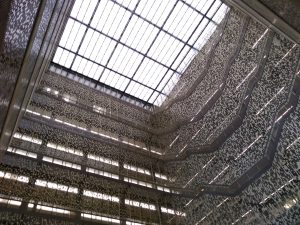
Interior of the main atrium of the Elmer Holmes Bobst Library, showing the new (2012) bronze screens
Under the aegis of the Research Seminar, Coudenhove-Kalergi organised the Fifth Pan-European Conference in New York in 1943, following interwar congresses in Vienna (1926 & 1935), Berlin (1930) and Basel (1932). His 1953 autobiography, all too often the primary source for accounts of the Pan-European Union, devoted a chapter to this ‘European Congress in Exile’, tying it to (and claiming some credit for) Winston Churchill’s 1943 radio speech urging the post-war confederation of Europe, and making the basic contours of the event clear enough: a date (25th March 1943), a location (NYU Faculty Club and the Waldorf-Astoria Hotel), and a list of famous men who participated. [1]
The documents, however, tell a far more complex story, which destabilises each of these contours. The first day of the Congress was indeed held on 25th March 1943, but at a location unmentioned in this later account, Judson Memorial Church, and it was a setting that made a strong impression on the symbolism and atmosphere of the conference. Alexander Baird wrote in his conference report that the ‘severity of the Church interior gave its tone to the assembly’, noting the ‘austere solemnity’ of the conferences, and that it created an ‘idealistic atmosphere’. [2] Nor were the participants all men: Gertrud Baer, a founding member of the Women’s International League for Peace and Freedom (WILPF), gave the first speech, while Mary Dingman, the long-time chair of the Peace and Disarmament Committee of the Women’s International Organisations, also addressed the audience. Most fundamental of all, however, is the revelation that this was not simply one event, but merely the ‘spring session’. The ‘summer session’ of the Pan-European Conference was held on 4th, 5th and 18th June 1943, and included contributions such as that of the Austrian economist Ludwig von Mises, which Coudenhove-Kalergi folded into his simplified narrative.
I look forward to delving into the papers I was able to copy at greater length in the near future, and uncovering more about the New York Pan-European Congress(es). For the time being, however, I am reminded of the account Jake Hodder gave at the Conferencing the International event in December of the unstable contours of the Pan-African Congresses, and its lessons both for analysing the contingent and fluid construction of conference narratives, and for approaching these narratives with a healthy dose of scepticism.
[1] Richard Coudenhove-Kalergi, An Idea Conquers the World (London: Hutchinson; 1953), pp.245-252
[2] “Report of the Pan-European Conference”, Spring Session, March 25, 26, 27 1943; New York University Archives, Graduate School of Arts and Science (GSAS) collection RG 20, series 8, box 1, folder 2, p.2
No comments yet, fill out a comment to be the first


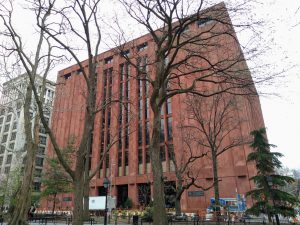
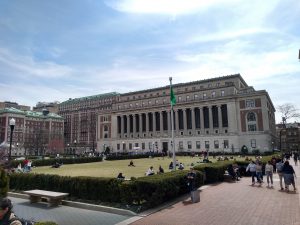
Leave a Reply